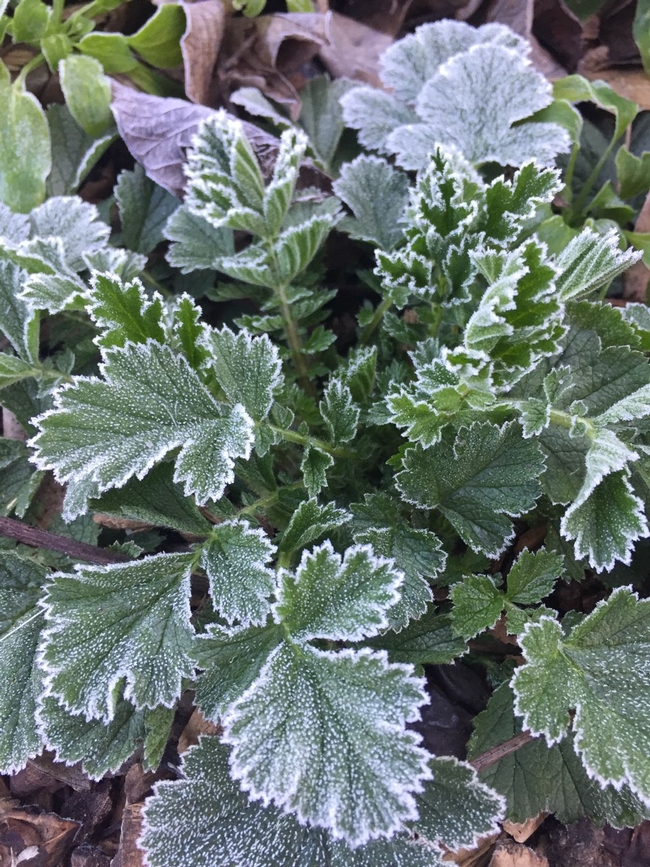Do’s and Don’ts When Preparing for Frost
Now that the nights have turned chilly, it's once again that time of year to start thinking about preparing to protect your frost sensitive plants from freezing temperatures. Unsure which of your plants are frost sensitive? Frost sensitive plants include, but are not limited to tropical and subtropical plants, like citrus, banana and avocado, hibiscus bougainvillea, ficus, and lantana. Succulents are also frost sensitive. Sensitive flower plants include plants such as aster, geranium, marigold, nasturtium, verbena, and zinnia.
Below are do's and don't when a frost advisory is issued.
Do
- Move frost sensitive plants in pots close to building walls that get lots of sun. The walls radiate the heat they absorbed during the day.
- Water the plants (but not succulents) ideally two to three days prior to the freeze. This allows the soil to maintain the proper water content for maximum absorption of solar radiation. But avoid watering your plants right before a freeze because if the surface is wet, it increases evaporation,=
- Right before sunset, cover your plants with sheets, burlap, frost cloth aka row cover, sheets, cardboard boxes or other materials to keep your plants warm. You can also wrap the trunks of frost sensitive trees in foam insulation or cardboard. And if you still have some old fashioned heat generating incandescent Christmas lights, they can also be wrapped around frost sensitive trees to keep them warm.
- Remove the plant cover the next morning to allow the plant to absorb the sunshine, and for the sun to recharge the heat in the soil.
Don't
- Don't panic!
- Don't water succulents before a frost. Because the plants retain water, their leaves could burst during a freeze.
- Don't let your cover weigh down on the plant. Prop it up with wooden stakes, tomato cages or something else to allow for air flow. Plus, if the cover gets wet, it could lead to even colder temperatures near the foliage.
- Don't immediately take out suspected frost damaged plants until the spring.


